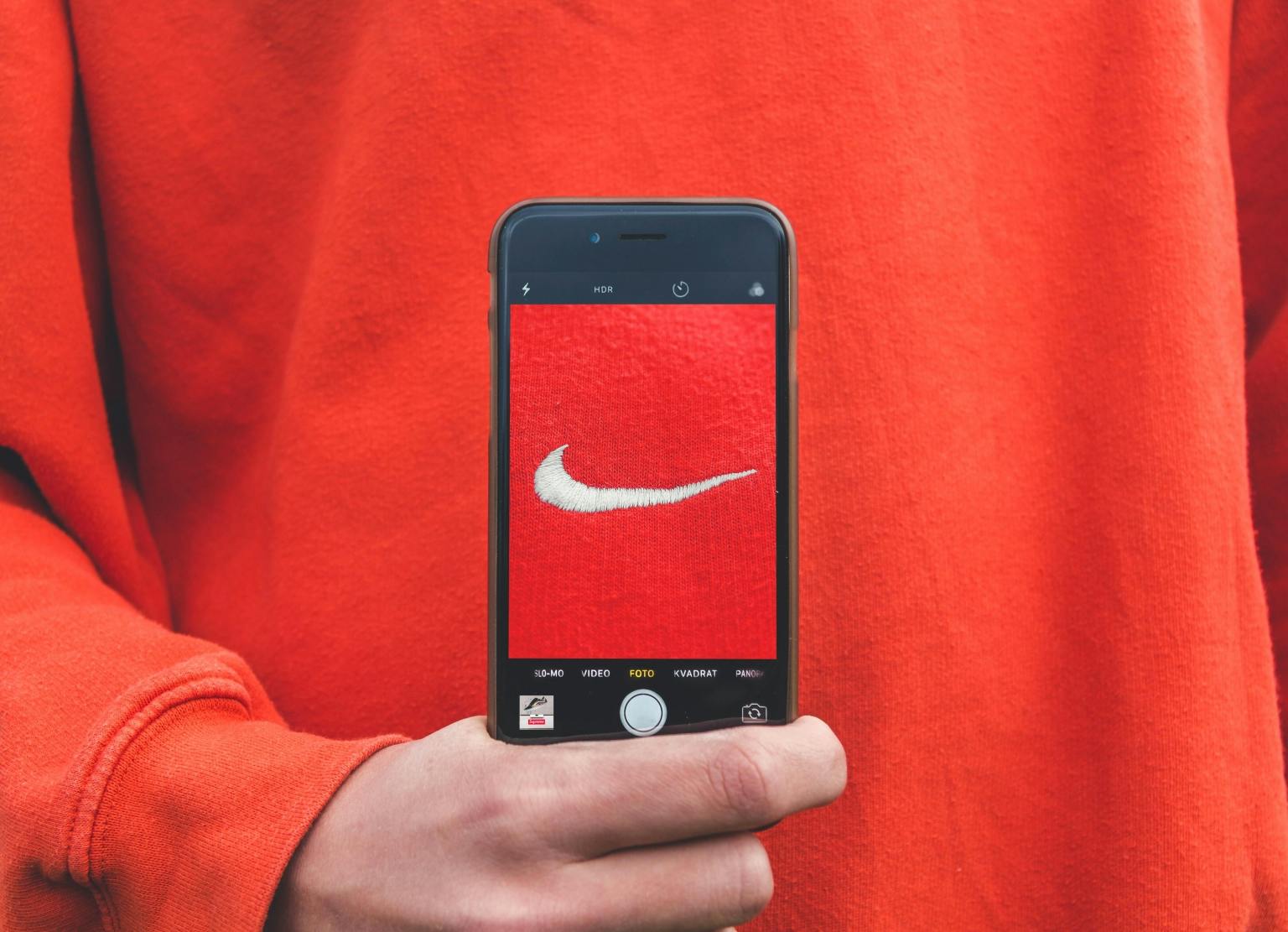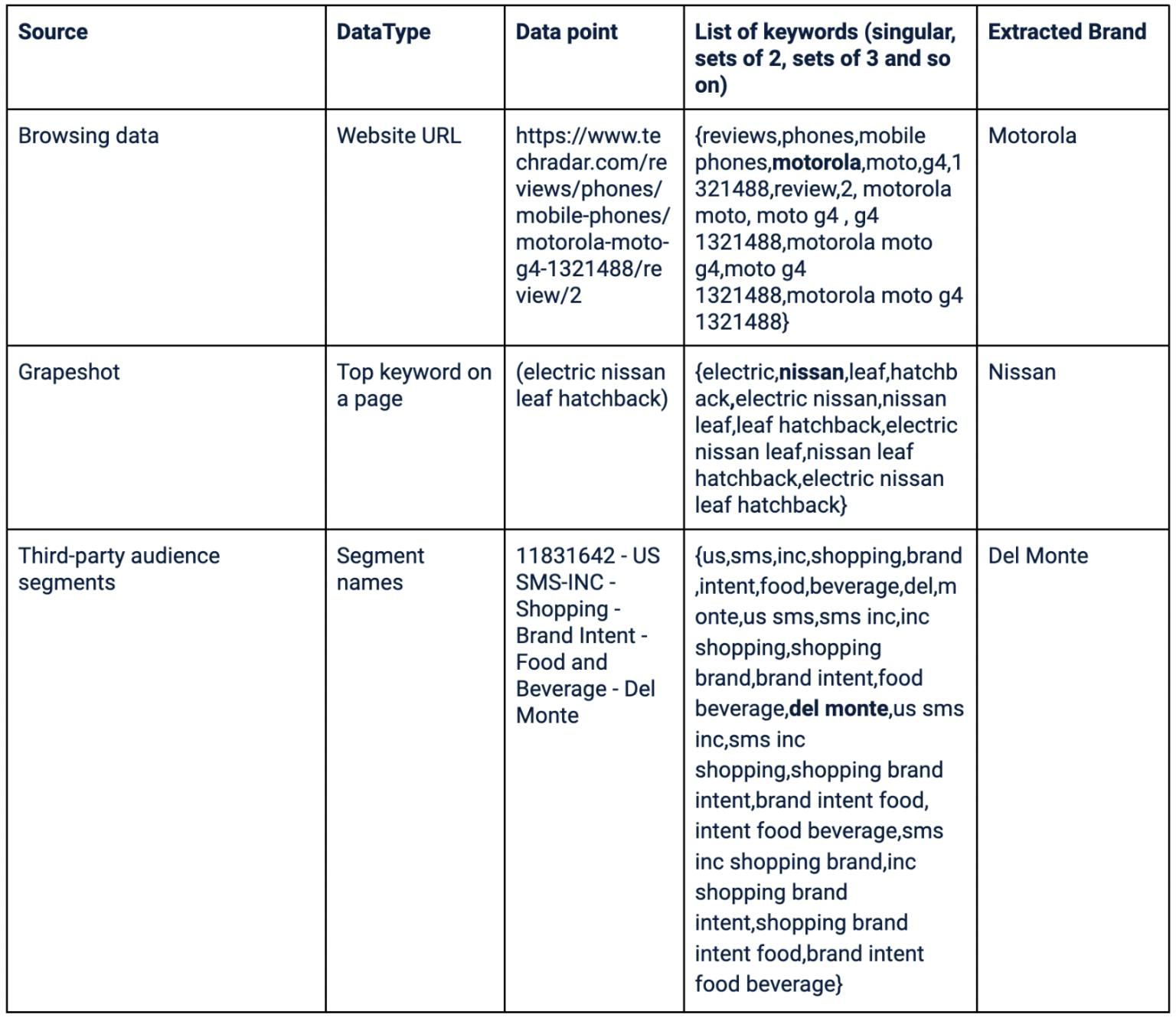
Providing human-centered customer experiences is pivotal to connecting with your customers and understanding them as individuals. One of the quickest ways to do that? Brand affinity.
What does that mean?
Brand affinity helps brands understand their customers beyond their actions and tune into their customers’ feelings. Brand affinity ideally comes after brand awareness. It means that a consumer not only knows a brand exists but they also have a strong connection to a brand’s identity.
Affinity is the most valuable level of customer relationship. It can boost business because it encourages trust with customers. When it comes to retaining customers, brand affinity is a goldmine. Studies show that loyal customers are ten times as valuable as their initial purchase. When a customer demonstrates brand affinity, companies can pinpoint a series of distinct benefits, including:
- An increased chance that customers will keep buying from their specific brand, even when given a choice between similar products.
- A high probability that customers will become brand advocates on social media and other public forums.
- Greater overall customer satisfaction.
The benefits of brand affinity are obvious: happier, more devoted customers.
It’s one of the most powerful ways of acquiring and retaining customers in such a crowded environment.
What’s a brand to do?
First, focus on learning about audiences that have shown an affinity towards your brand. The key is to use brand affinity to translate cross-channel customer engagement into deeper, more meaningful connections.
Going Deeper
Brand affinity may seem at first impression like a subjective metric, but in fact it is highly data-driven, based on correlating consumer preferences and behaviors to determine intent towards a brand.
It’s about mining a customer’s digital trail of indicators that can be used as data sources (first-party, second-party, and third-party data) to determine affinity.

For example, consumers may watch an ad on TV and use their mobile to learn more about the product and its availability before finally making the purchase via their laptops. They are using new technologies to research products and shop through a variety of channels. To capitalize on intent signals, brands must have the capability to build a single customer view that combines every source of customer data into a golden record that tells us everything there is to know about the customer, their device and channel preferences, buying patterns, and transactions.
After all, it’s not enough to know that a user has affinity to your brand if you don’t know anything else about them or how to reach them with your messaging.
This golden record could tell us about their affinity, or predisposition towards brands such as “Nike”, “BMW”, “Deliveroo” etc based on the pages they have visited, searches they have made, social media content they have viewed and TV ads they have been exposed to.
And if we simply flipped it, we could create a list of “Nike” affinity audiences and understand the full spectrum of their likes and dislikes.
By connecting various user signals such as buying patterns, geo location visits, demographics composition and social media behavior, this record could also help us identify channels and device preferences to more effectively reach users with our messaging.
How we built a brand affinity model
MiQ has been working on this for a while now and our affinity-based insights capabilities have grown to support a wide array of use cases, geos, devices and channels.
Our brand affinity model taps into a host of data sources with behavioral attributes from different devices and channels, providing a holistic view of audiences with high affinity towards the brand.
Behind the scenes at MiQ
So, how did we create this?
First, we built a repository of 400k+ brands ranging from niche to generic and local to global, using sources such as Wikipedia and multiple ad platforms. We work with our global team of campaign managers to add new brands, remove dictionary words and merge alias brands to the list regularly, allowing us to stay relevant.
Secondly, we incorporated multiple methods and machine learning algorithms to build a list of affinity audiences for these brands in real time, drawing on relevancy scores and thresholds to ensure quality.
And the relevancy scores don’t live behind gated walls. With our proprietary audience insights tool – Discover, a module within MiQ’s enterprise product Intelligence Hub – relevancy scores and audience sizes can be accessed and exported for the creation of tailored, actionable experiences.
This tool also allows users to visualize insights based on several metrics that are critical to media planning, including demographics and device ownership.
How to measure affinity
User affinity profiling starts by capturing each engagement with a digital property and then collecting all of the brand attribute values (e.g. keywords) associated with the interaction.
Let’s take a look at a few types of interactions and the brands they could help extract:

Relevancy score weights
For user-brand interactions to be meaningful, their intensity has to be higher than the general population’s interactions.
Every time a user interacts with the same brand, the score of that brand is updated by the type of data source (or a combination of data sources ) as well as the region it occurred in. Further, the data source combinations are ranked on their quality of data. This ranking is leveraged in creating the list of top users associated with a brand.
The beauty of brand affinity
Brand affinity provides a creative and cost-effective way to reach new users. It helps drive incremental conversions from people with a high propensity to convert. It’s also a fantastic way to reach your competition’s audience.
Affinity-based insights open up a new world of potential giving brands the power to capitalize on intent signals.
Contact us to learn more about our audience insights.
To find out more about MiQ:
- Check out our open positions
- Check out our previous post on making better choices and improving ROI with programmatic advertising
Purva is a senior product manager at MiQ. Having relocated to London from Bangalore last year, she’s been spending the summer exploring European towns. Bon voyage!



